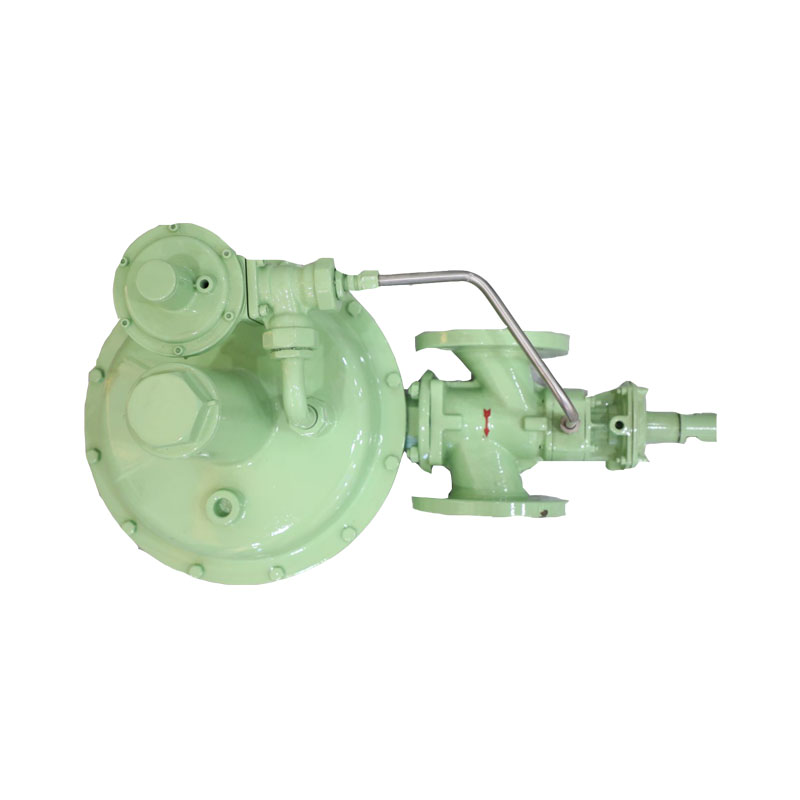
Nov . 05, 2024 22:37
Back to list
Understanding the Functionality and Importance of Pressure Regulating Devices in Various Applications
Understanding Pressure Regulating Devices A Comprehensive Overview
Pressure regulating devices play a crucial role in various industries, ensuring optimal performance and safety in systems that rely on fluid or gas pressure. These devices maintain a consistent and desired pressure within a system, mitigating the risks associated with overpressure or underpressure scenarios. This article delves into the significance, functioning, types, applications, and benefits of pressure regulating devices, highlighting their importance in modern technology and infrastructure.
What is a Pressure Regulating Device?
A pressure regulating device is a mechanical or electronic tool designed to control the pressure of liquids or gases in a confined space. These devices adjust the input pressure to a desired output pressure, ensuring that the system operates efficiently and safely. The primary objective of a pressure regulator is to maintain a stable output pressure, despite fluctuations in input pressure or changes in flow rate.
How Do Pressure Regulators Work?
The fundamental principle behind pressure regulating devices is the use of a control mechanism that responds to pressure changes in a system. Typically, a pressure regulator consists of an inlet, outlet, diaphragms, and a spring. When the fluid or gas enters the regulator, it acts upon the diaphragm, which moves against the spring. As the pressure increases, the diaphragm compresses the spring, adjusting the flow path to maintain the desired output pressure.
The regulator continuously monitors the output pressure and makes real-time adjustments. If the output pressure rises above the preset level, the diaphragm will close a valve, restricting flow until the pressure drops back to the desired threshold. Conversely, if the pressure falls below the set point, the regulator opens the valve to increase flow.
Types of Pressure Regulating Devices
1. Mechanical Pressure Regulators These are the most common type, using springs and diaphragms to control pressure. They are widely used in applications such as gas distribution systems and industrial processes.
2. Electronic Pressure Regulators These employ sensors and electronic controls for precision regulation. They are often used in advanced applications like laboratory research, pharmaceuticals, and aerospace, where accuracy is paramount.
3. Spring-Loaded Regulators These regulators rely on mechanical springs to provide pressure control. They are robust and can handle a wide range of pressures, making them suitable for various industrial applications.
4. Compensated Regulators These devices account for changes in temperature and flow, providing accurate pressure regulation even under variable operational conditions.
5. Pilot-Operated Regulators These regulators use a small pilot regulator to control a larger valve, allowing for greater control over high pressure and flow rates.
Applications of Pressure Regulating Devices
pressure regulating device

Pressure regulating devices are ubiquitous across many sectors. Some notable applications include
- Industrial Processes In manufacturing plants, pressure regulators ensure that gases and liquids are delivered at consistent pressures for processes such as chemical reactions, where changes in pressure can affect the outcome.
- Gas Distribution In natural gas pipelines, pressure regulators prevent dangerous overpressure situations while maintaining the flow of gas to homes and businesses.
- Water Supply Systems Municipal water systems use pressure regulators to ensure consistent water pressure for consumers, preventing burst pipes and leaks.
- HVAC Systems Heating, ventilation, and air conditioning systems utilize pressure regulators to maintain balanced airflow and avoid compressor damage.
- Medical Equipment In hospitals, pressure regulators are critical for ensuring that gases like oxygen are delivered safely and at the correct pressure to patients.
Benefits of Using Pressure Regulating Devices
1. Safety By preventing excessive pressure, these devices reduce the risk of equipment failure, leaks, and explosions, ensuring the safety of personnel and facilities.
2. Efficiency Maintaining optimal pressure levels helps enhance the efficiency of systems, reducing energy consumption and operational costs.
3. Longevity of Equipment By minimizing pressure spikes and troughs, pressure regulators help prolong the lifespan of machinery and pipelines.
4. Improved Performance With consistent pressure, processes can operate predictably and effectively, improving product quality and reducing waste.
Conclusion
In summary, pressure regulating devices are essential components in many industrial, commercial, and residential applications. Their ability to maintain safe and efficient pressure levels enhances operational performance and safety across diverse sectors. As technology advances, the evolution of these devices will continue to provide even greater precision and control, catering to the ever-growing demands of modern systems. Understanding and implementing effective pressure regulation is paramount for any organization reliant on fluid or gas systems.
Next:
Latest news
-
Safety Valve Spring-Loaded Design Overpressure ProtectionNewsJul.25,2025
-
Precision Voltage Regulator AC5 Accuracy Grade PerformanceNewsJul.25,2025
-
Natural Gas Pressure Regulating Skid Industrial Pipeline ApplicationsNewsJul.25,2025
-
Natural Gas Filter Stainless Steel Mesh Element DesignNewsJul.25,2025
-
Gas Pressure Regulator Valve Direct-Acting Spring-Loaded DesignNewsJul.25,2025
-
Decompression Equipment Multi-Stage Heat Exchange System DesignNewsJul.25,2025

